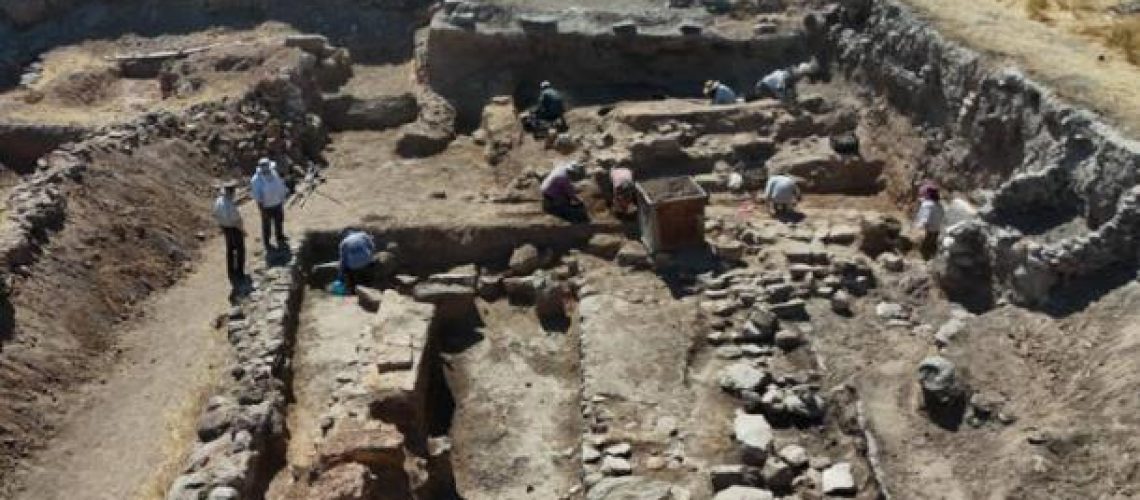
Archaeologists working at the renowned Kultepe archaeological site in central Turkey have achieved a significant breakthrough, uncovering private residences on the main mound for the first time in decades of excavation. The discovery of houses dating back approximately 4,700 years represents a paradigm shift in understanding this ancient settlement, revealing that ordinary citizens lived alongside the monumental palaces and temples that have dominated archaeological attention at the site. Known as the starting point of recorded Anatolian history, Kultepe’s residential quarter provides unprecedented insights into daily life in one of the ancient world’s most important trading centers.
The excavations, led by Professor Fikri Kulakoglu under the auspices of the Ministry of Culture and Tourism with support from the Kayseri Metropolitan Municipality, represent one of Turkey’s longest-running archaeological projects, having begun in 1948, according to a Turkey Today report. The site’s history stretches back a remarkable 6,000 years, making it a crucial location for understanding the development of Bronze Age civilization in Anatolia. This year’s discoveries focus on understanding life both during and before the famous Assyrian Trade Colonies Period, when Assyrian merchants established their commercial quarter, or “Karum,” in the lower city.


